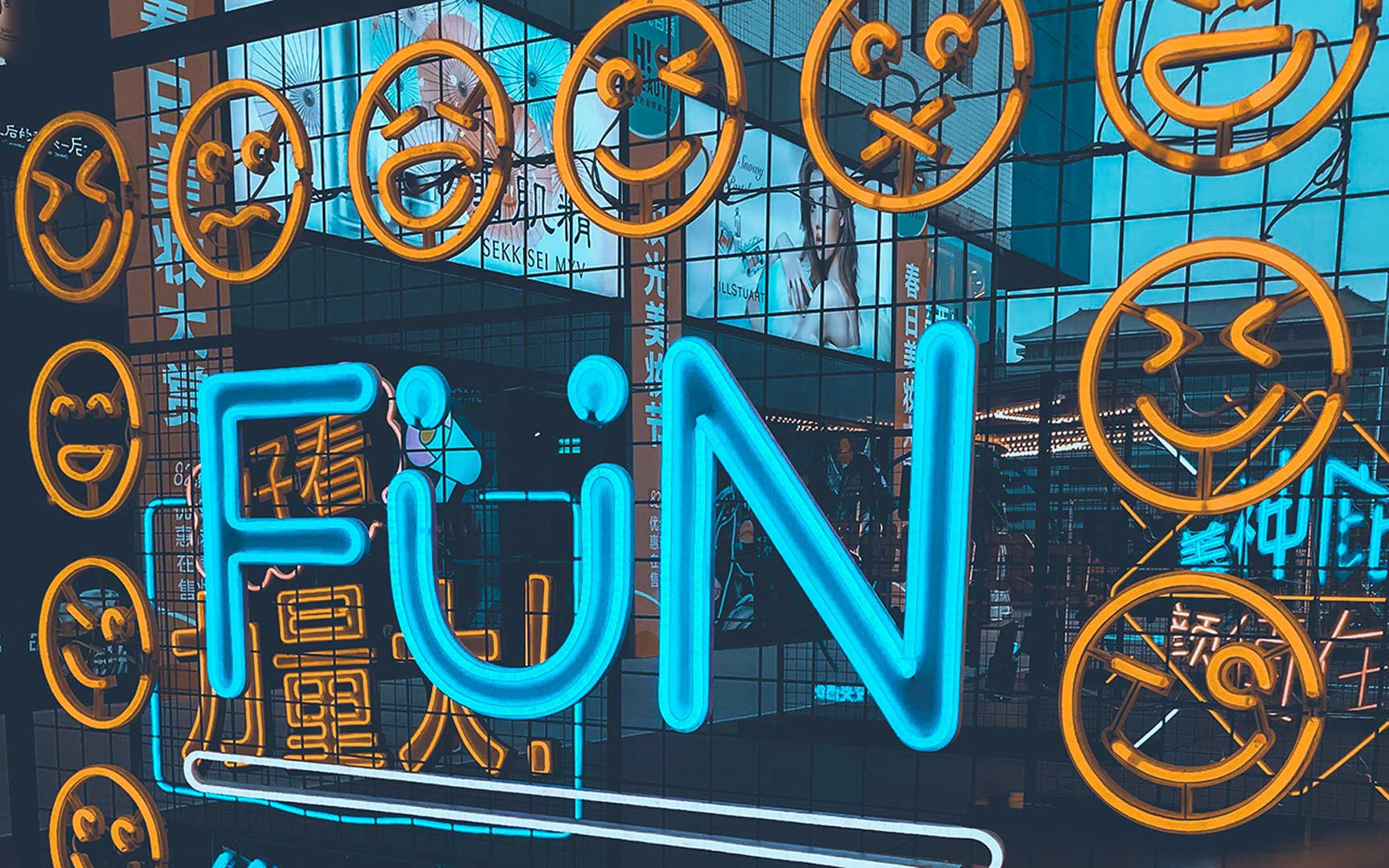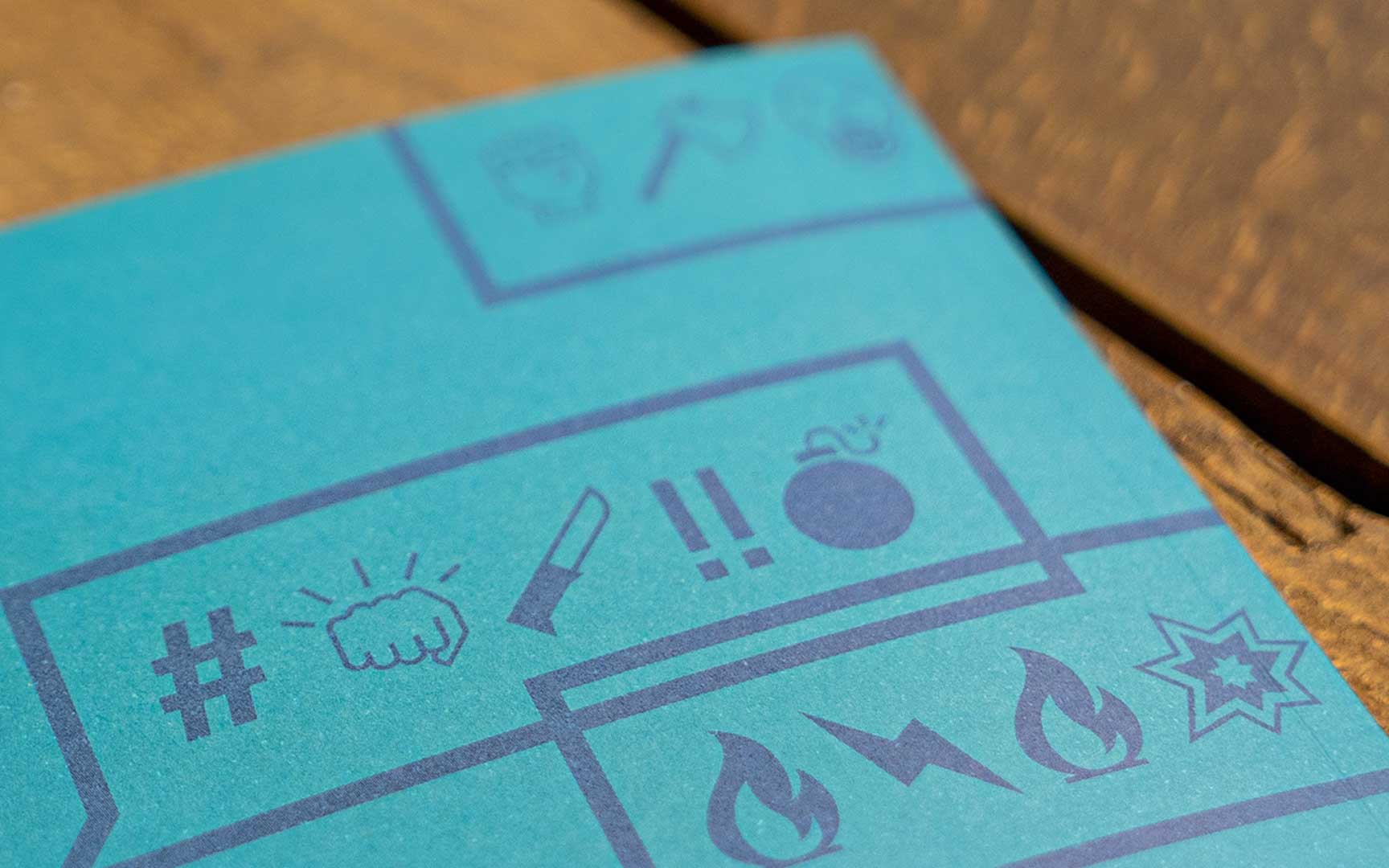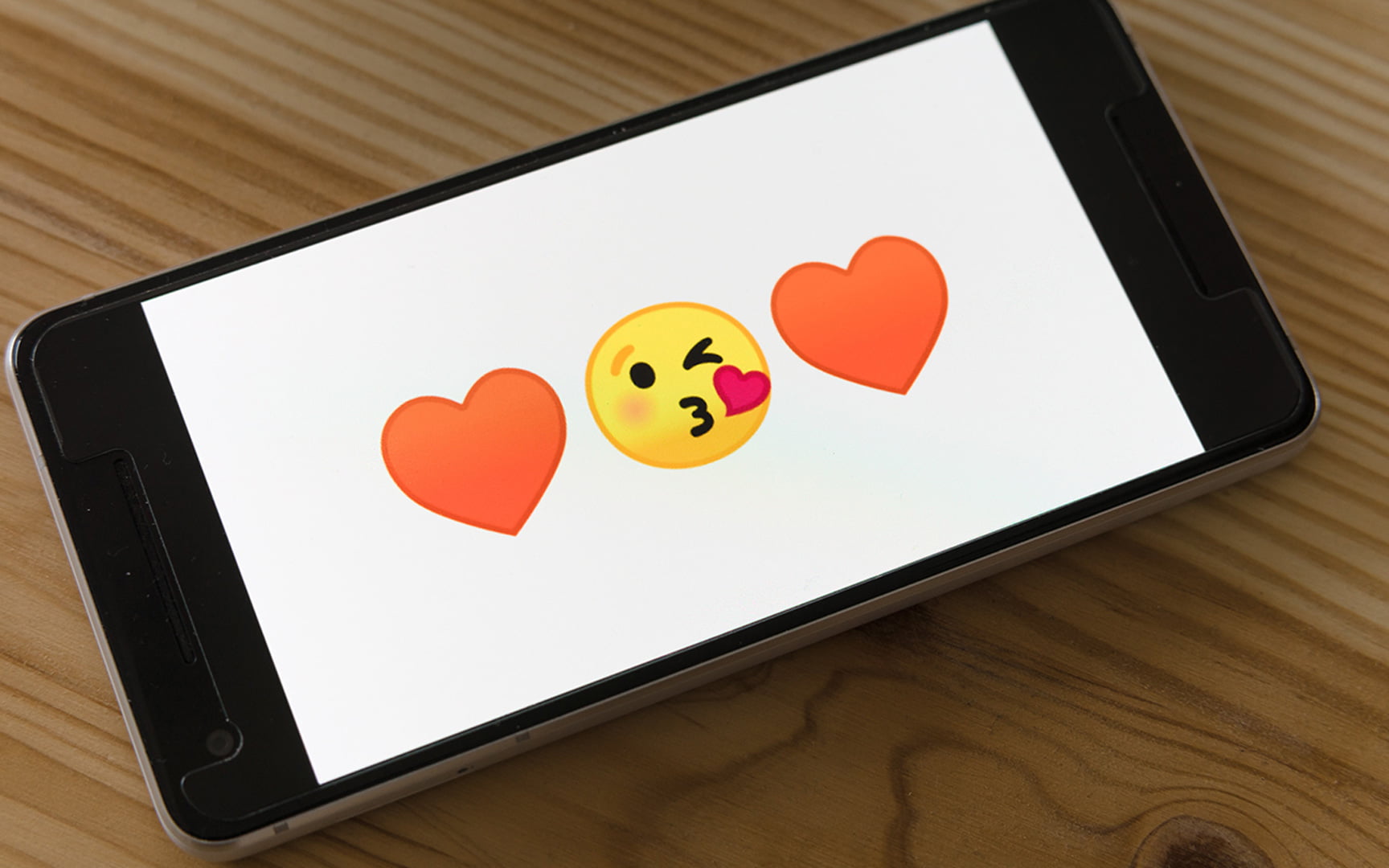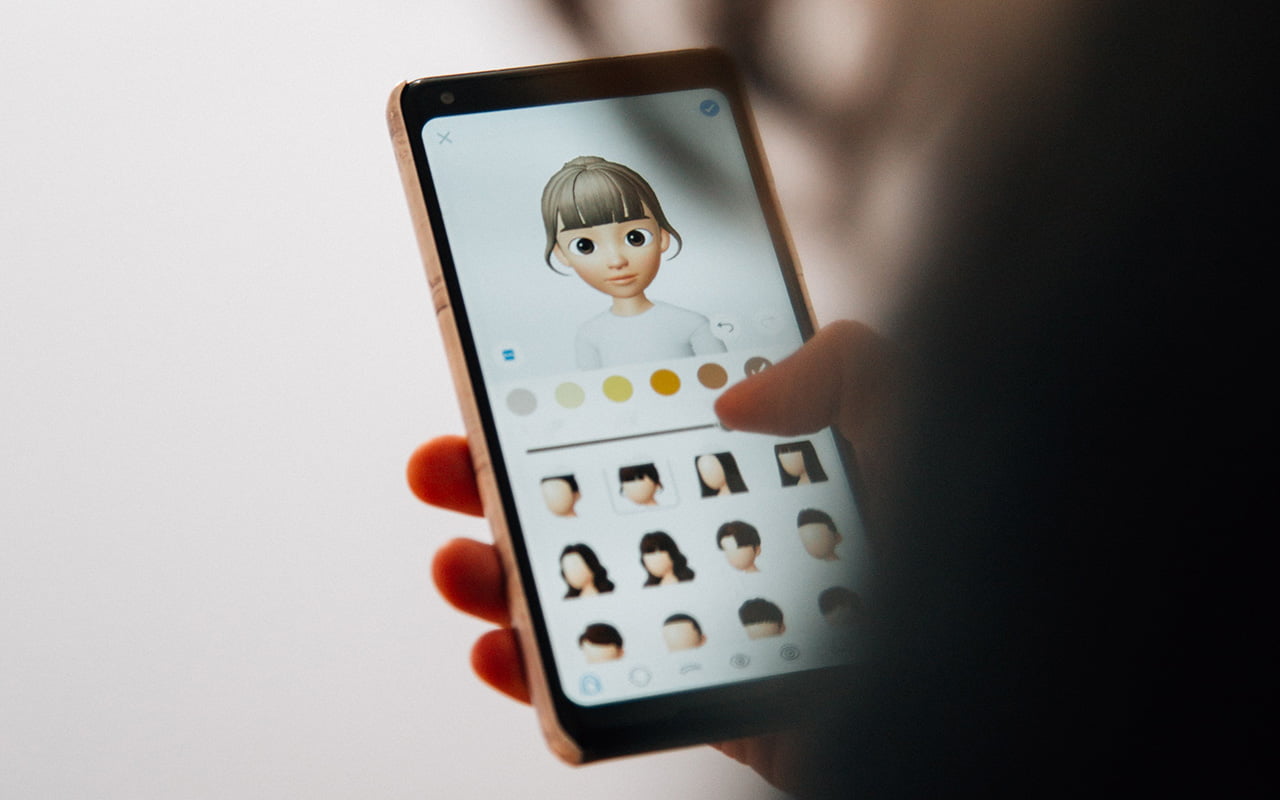There is no escaping emojis. You've probably used the waving hand (👋) to say 'bye', the dancer with the flamenco dress (💃) to express 'I'm going dancing tomorrow' or the whooping smiley (🤣) to emphasise how hard you're laughing. Yes, we are all happily participating. Emojis are in fact very useful for filling the void of our non-verbal communication. We send more text messages than ever, but (unfortunately) you can't see how someone responds to that message. Emojis, however, allow the recipient to add an extra dimension to an expression. They function as hand gestures, facial expressions and body language, among other things. We used to use emojis mainly in app messages, but nowadays they are used everywhere. Even in business communication on LinkedIn, you now see these 'pictures' passing by.

The usefulness of emojis
Emojis can often be used to give a playful twist to your text. They can also help you to better appeal to the feelings of your audience. Emojis are also useful for emphasising key words and for making a text interactive, for example for use on social media. In short: when the right emojis are chosen, they can make a text more fun or interesting in one fell swoop.
Many companies are cleverly capitalising on this, such as Pathé. This cinema chain uses emojis on social media to depict films, for example. Followers can then guess which title is meant. It works just as well the other way around: Pathé also asks followers to express their favourite film in emojis. There is often a massive response to this!

Use emojis carefully
There is also a downside to the regular use of emojis. The meaning of certain emojis can be interpreted differently by one target group than by another. This may have to do with a difference in age, culture or personal associations. An emoji can therefore be wrong or confuse readers. In some cases, emojis can also come across as (too) informal or (too) amicable. So don't just throw them around! Emojis function best as an addition to a text. It's nice to let the reader choose between 🍝 or 🍕, but next time it's better to use words again.

Most popular emojis
- 😂
- ❤️
- 🤣
- 👍️
- 😭
- 🙏
- 😘
- 🥰
- 😍
- 😊
Did you know that a special day was created in honour of emojis? That day is 17 July. This day has been known as World Emoji Day since 2014. On 17 July 2002, Apple launched its calendar application iCal. The corresponding icon depicts a tear-off calendar with 17 July on it.
Emojis in social media content
These go hand in hand: emojis and social media. Companies use emojis, for example, to make posts extra cheerful and to seek interaction. Do you also want to use emoji's in your business communication? Then keep these 4 rules of thumb in mind:
- Understand the meaning behind an emoji. An aubergine (🍆) can also mean something other than the vegetable to some readers...
- Do not use emojis to replace words. Use them to add more emotion or to emphasise words
- Use emojis sparingly. When you use (too) many emojis, it can come across as childish
Put the emojis in a logical place in the text. If you put them in the middle of a sentence, this does not benefit readability. It is better to put the emoji(s) at the end of the sentence.

How do I start posting emojis?
New to the emoji party? We would like to help you avoid a few beginner's mistakes. Start by selecting about 5 emojis that fit your concept and the desired tone of voice. Don't necessarily use the most popular or well-known emojis and ask yourself 2 questions:
- Can I use these emoji to trigger more engagement?
- Does this emoji add an extra dimension to my captions?
Sometimes, certain emoji can suddenly become widely used. Maybe it's a competitor's favourite emoji. However, don't go along with that and try to remain creative. If an emoji doesn't fit your concept or if you show copycat behaviour, its use can be counterproductive. So forget about the peach (🍑) for now...
This is how we use emojis
First of all, we look carefully at whether emojis are appropriate for the concept and which ones we might want to use (or not). We base this on the existing tone of voice, the image of the restaurant or hotel and the (desired) target group. Of course, we also take the client's wishes into account. For example, in some cases we do not use emojis at all (or only sporadically). This can be the case with high-end restaurants with an older target group. The opposite can be the case when there is already a loose way of communicating. In that case, we will deal with the use of emojis more loosely. We can also set up a new tone of voice for you. We can then develop a very specific writing style in which we agree, for example, to always use the same emoji at the end of a caption. This can increase the recognisability of a brand. Our opinion on the use of emojis? Do it, but only if it adds something.




